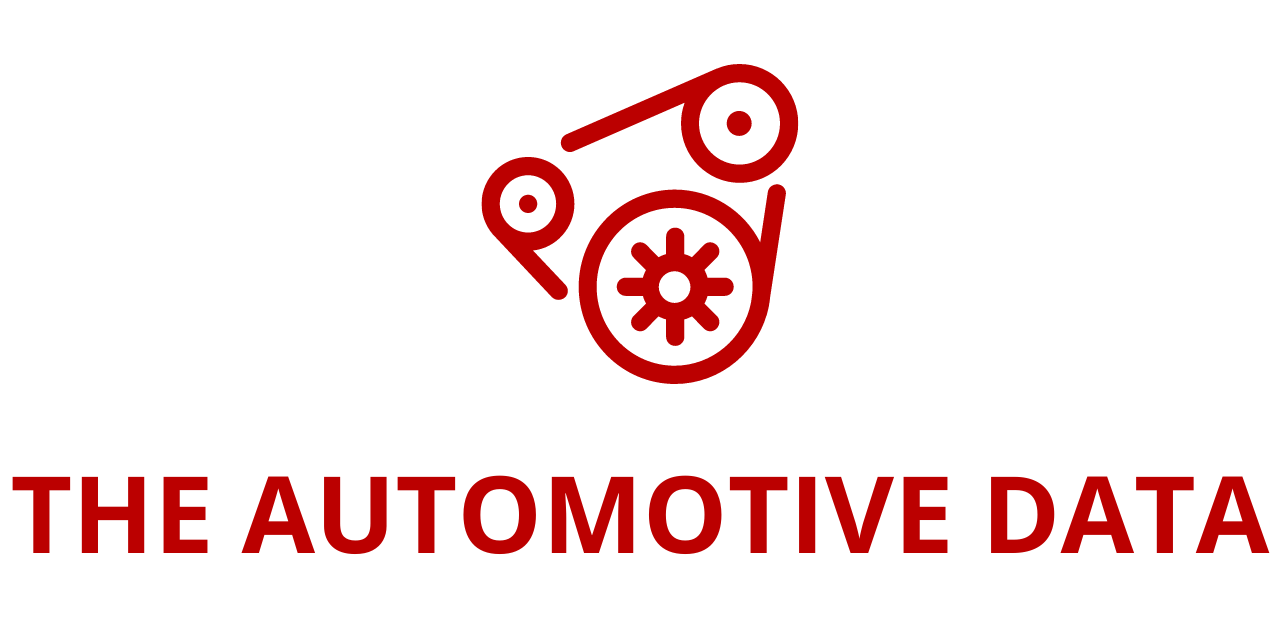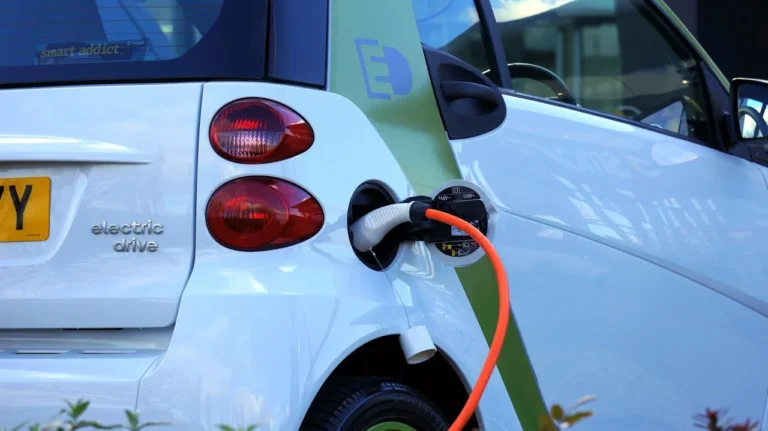
Bidirectional Charging Takes Center Stage at The Smarter E Europe, Advancing the Energy Transition
As the global push for a sustainable energy future accelerates, renewable electricity generation has firmly established itself as the new standard. In Germany, one of Europe’s leading energy transition pioneers, around 60% of net electricity generation in 2024 came from renewable sources. This impressive milestone underscores the growing dominance of solar, wind, and other green energy technologies. However, this shift also introduces new complexities—chief among them, the need for enhanced flexibility in power distribution and storage.
Meeting the flexibility challenge is critical. As energy systems grow increasingly decentralized, and renewable inputs fluctuate with weather and time of day, grid operators must find reliable ways to balance supply and demand. A recent study by Euroelectric and EY predicts that Europe’s daily flexibility demand will more than double by 2030 compared to 2021 levels. Specifically, the continent may require as much as 1.8 terawatt-hours (TWh) of flexibility per day, or approximately 137 TWh annually. This is a substantial leap from the 1.5 TWh currently required each week.
EV Batteries: A Key to Future Flexibility
At the heart of a promising solution lies a technology already becoming ubiquitous: electric vehicles. With their rapidly growing presence on European roads, EVs offer not only clean mobility but also a powerful tool for energy system stability. The combined storage potential of EV batteries could reach around 116 TWh within five years—providing a vast reservoir of flexible, distributed energy storage.
Dr. Frank Spennemann, Senior Manager Charging Solutions Energy at Mercedes-Benz, emphasizes the pivotal role of this technology: “Research simulations have shown that bidirectional vehicles are key for grid stability and the transition to renewable sources of energy.” He points particularly to vehicle-to-grid (V2G) systems, where EVs don’t just draw power from the grid but can also send it back—effectively turning millions of parked cars into mobile power banks.
Innovative Real-World Applications
This potential is already being explored in practical settings. In France, Renault has partnered with The Mobility House to pioneer a program that enables electricity customers to leverage their vehicle batteries as grid-supporting storage units. In exchange, participants benefit from free EV charging. According to Marcus Fendt, Managing Director of The Mobility House, the logic is simple: “EV batteries are the most convenient storage option because the average car parking time is 23 hours per day. The average daily distance travelled by car in Germany is 36 kilometers. This corresponds to an energy consumption of around 8 kWh, or even less for very efficient e-cars.”
This concept flips the narrative. Instead of viewing parked EVs as idle assets, they are seen as integral components of a flexible, decentralized energy grid.
The Smarter E Europe: A Platform for Progress
To spotlight the transformative potential of bidirectional charging, The Smarter E Europe has launched a dedicated special exhibit at its 2025 event. Taking place in Hall C6, adjacent to the Power2Drive Forum, this exhibit will run throughout the full three-day exhibition and offers attendees an immersive, hands-on experience of cutting-edge vehicle-to-X (V2X) technologies.
Visitors will be able to explore various forms of bidirectional energy transfer, including:
- Vehicle-to-Grid (V2G): where vehicles supply electricity back to the public grid.
- Vehicle-to-Building (V2B): where energy is fed into commercial buildings.
- Vehicle-to-Home (V2H): supporting household power needs.
- Vehicle-to-Load (V2L): powering tools, appliances, or external loads directly from the EV battery.
The exhibit not only showcases current technologies and components but also features live demonstrations, lectures, and panel discussions. These will help demystify the complex interplay between vehicles and the energy grid while offering expert insights into future developments and real-world applications.
Thought Leadership and Industry Engagement
Bidirectional charging will also be a key focus across the event’s forum programs, particularly in the Power2Drive Forum. In total, seven sessions will delve into different aspects of vehicle-to-X technologies, featuring high-profile speakers from leading companies, research institutions, and policy organizations. These sessions aim to foster dialogue, share breakthrough findings, and identify actionable steps to accelerate adoption.
To enhance the attendee experience, organizers are also offering guided tours centered on bidirectional charging. Taking place daily at 11:30 a.m. and 3:30 p.m., the tours will start at the special exhibit info counter and be led by industry experts, offering in-depth commentary and curated walkthroughs of key technologies and case studies.
Collaboration at the Core
The special exhibit benefits from the strong support and cooperation of a diverse group of collaborators who bring together technical expertise, industry know-how, and research acumen. Key partners include:
- E-Mobility Europe and Eurelectric – two leading European industry associations.
- The Research Center for Energy Economics (FfE) – providing data-driven insights.
- Lade GmbH – a company specializing in smart charging infrastructure.
- The National Center for Charging Infrastructure – coordinating EV infrastructure expansion in Germany.
- Smart Energy Europe – an advocacy organization promoting smart grid solutions.
- The Mobility House – a pioneer in V2G business models and integration.
- Sigenergy and Bi-CCS – who are sponsoring the event and contributing technological expertise.
A Vision for the Future
The overarching message of The Smarter E Europe’s focus on bidirectional charging is clear: to achieve a sustainable, renewable-powered future, we need to rethink how we produce, store, and use electricity. EVs, once viewed simply as an end-use solution for decarbonizing transport, are now emerging as vital tools for transforming the entire energy system.
With bidirectional charging, the once-passive act of plugging in a car becomes an active contribution to grid resilience and the broader energy transition. Through education, collaboration, and innovation, The Smarter E Europe’s special exhibit paves the way for a future where every vehicle plays a part in powering a greener world.







